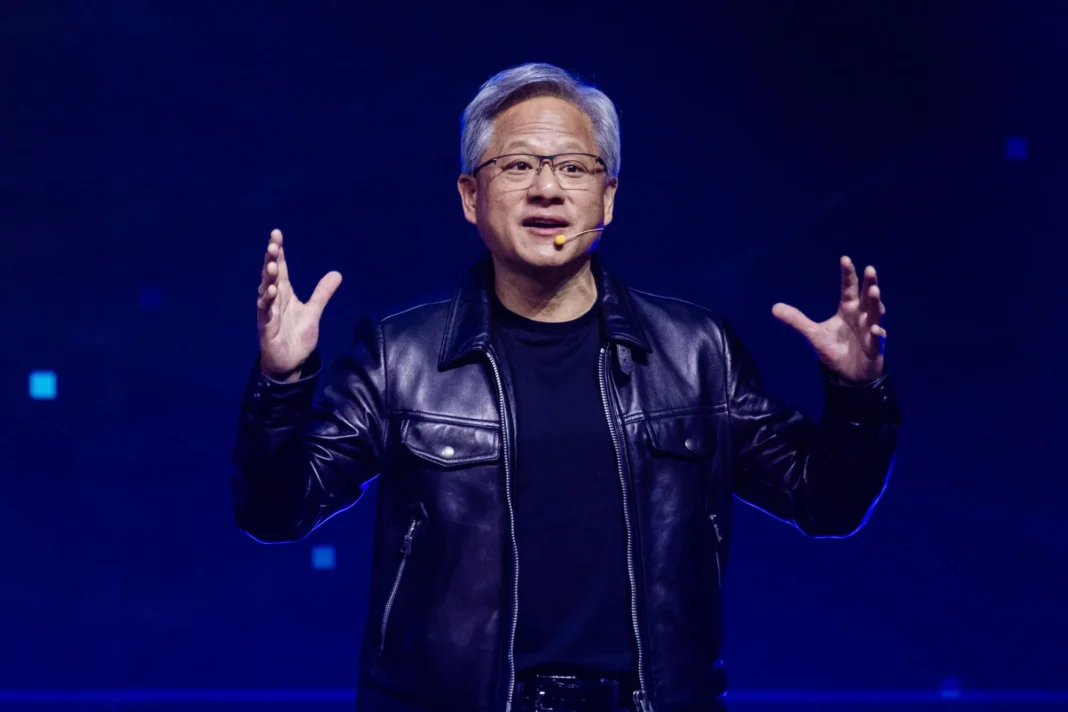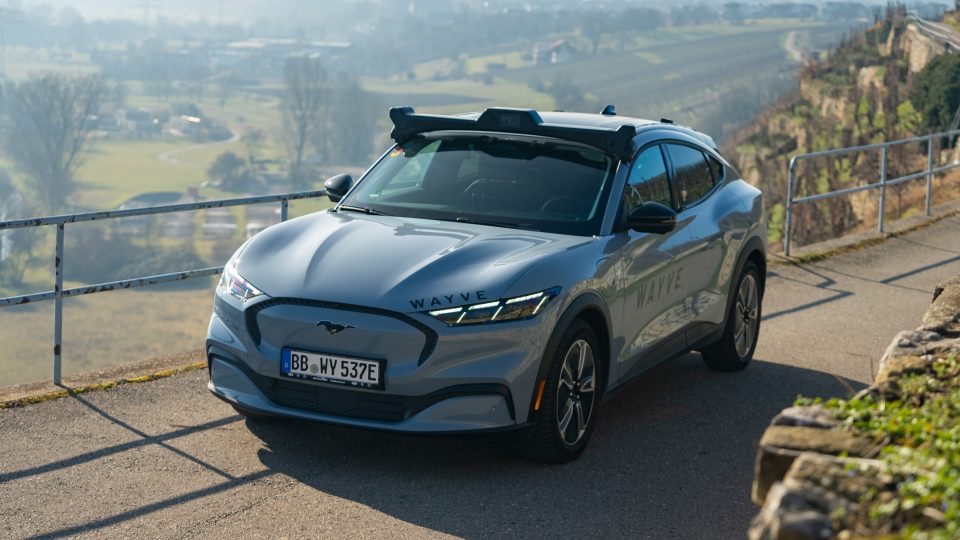NVIDIA has made a deal worth over $900 million to bring Enfabrica’s CEO Rochan Sankar and other staff into NVIDIA, and to license Enfabrica’s core technology. The deal is a mix of cash and stock. The transaction closed recently. Sankar has already joined NVIDIA as part of the arrangement. Rather than a full acquisition of the startup, this resembles an acquihire (hiring a company’s leadership + team) plus a licensing deal — not a buy-out in the traditional sense.
Who is Enfabrica & Why It Matters
- Enfabrica is a Silicon Valley hardware / networking startup founded in 2019 by former Broadcom and Alphabet/Google employees.
- Its specialty: solving networking and memory bottlenecks in large AI systems. Enfabrica builds technology that helps connect tens of thousands of GPUs in such a way that they can effectively operate together — mitigating performance degradation due to networking delays or inefficiencies.
- A specific example: their chip + software system “EMFASYS,” which routes data between AI compute chips and more affordable DDR5 memory, helping reduce high-bandwidth memory (HBM) costs without too much performance loss.
Strategic Significance for NVIDIA & the AI Industry
- Scaling AI Compute: As AI models grow, the infrastructure (GPU clusters, memory, networking) becomes a limiting factor. Enfabrica’s tech helps NVIDIA push those limits by allowing for larger clusters with fewer bottlenecks.
- Talent + IP: Hiring Enfabrica’s CEO (along with other key engineers) and licensing their networking/IP gives NVIDIA both human and technical resources in one move. It’s like accelerating R&D without going through acquiring the entire company.
- Cost Management: By incorporating Enfabrica’s memory-networking solutions (e.g. EMFASYS), NVIDIA (and its customers) can reduce dependence on pricey memory types (HBM) and instead make use of cheaper DDR memory, while still maintaining performance. That helps in lowering total cost of ownership for large AI deployments.
Comparisons & Industry Context
- This move is similar to what other tech giants have done: hiring talent + licensing technology instead of outright acquiring startups. Examples include Meta’s move with Scale AI, Google with Windsurf, etc.
- NVIDIA itself has made big hardware infrastructure investments before (e.g. its acquisition of Mellanox in 2019) and has been building out its AI systems and data center dominance. This deal fits into that pattern.
Questions & What to Watch
- Will the licensing be exclusive or non-exclusive? That affects how much competitive advantage NVIDIA gets. The reports suggest a licensing deal, but it’s not entirely clear whether it’s exclusive. The Information
- How quickly can this technology be integrated into existing NVIDIA architectures (e.g. Blackwell, etc.) without causing compatibility or performance trade-offs?
- What happens to Enfabrica’s board, investors, and other stakeholders? Are they fully on board with this type of deal, or will there be spin-offs, ongoing partnerships?
- Regulatory and supply-chain issues: with so many chips, memory, etc., how viable is mass deployment under this architecture globally?
Bottom Line
The deal in which NVIDIA pays ~$900 million for Enfabrica’s leadership, employees, and technology is a strategic, hybrid move—part acquihire, part IP licensing. It strengthens NVIDIA’s capabilities in solving one of the hardest problems in scaling AI compute: how to connect many GPUs (100,000+ in some cases) efficiently, and how to reduce costs of memory infrastructures. For the AI hardware ecosystem, this marks another signal that infrastructure (not just models) is central, and that companies are willing to invest heavily in backend efficiency, not just “models and data.”



